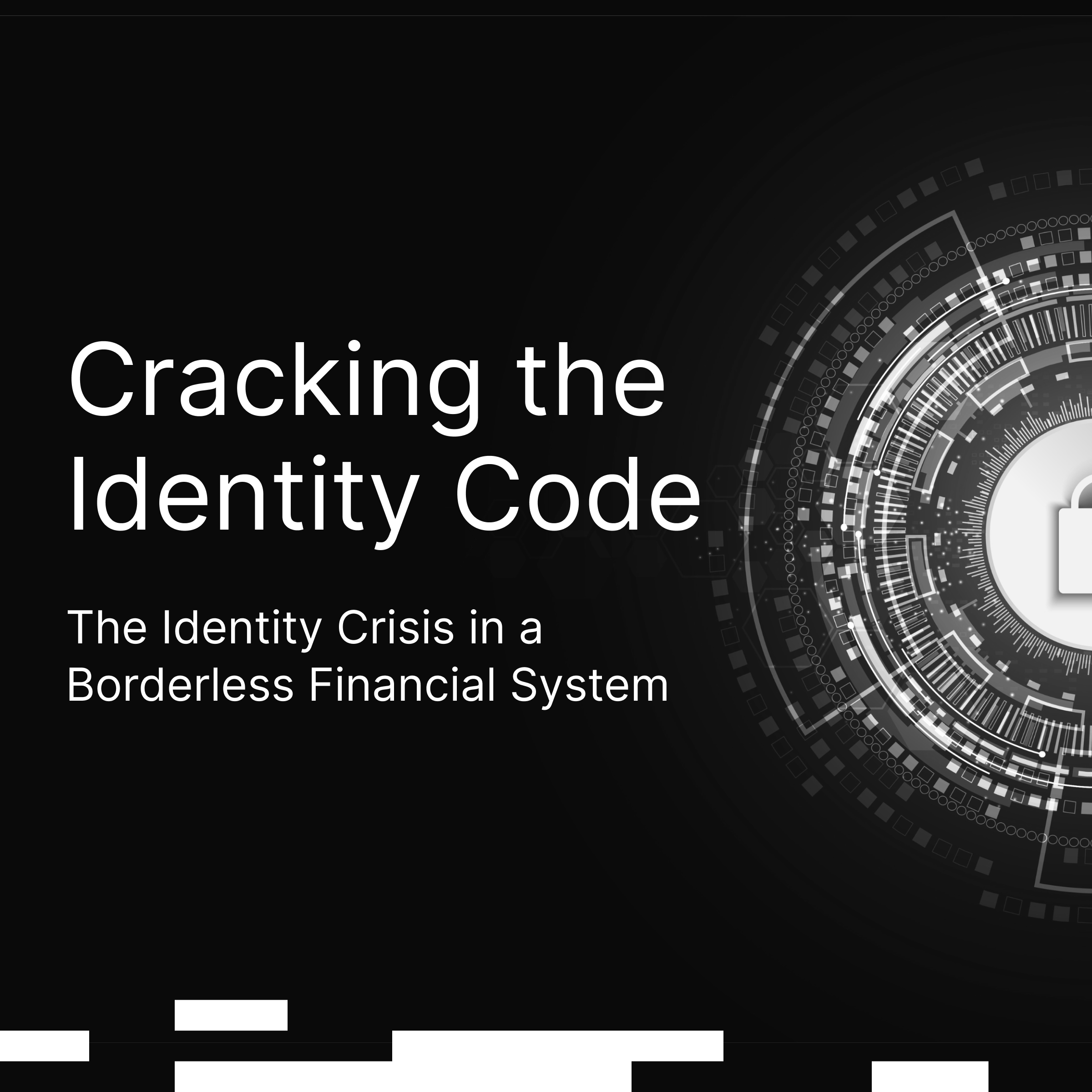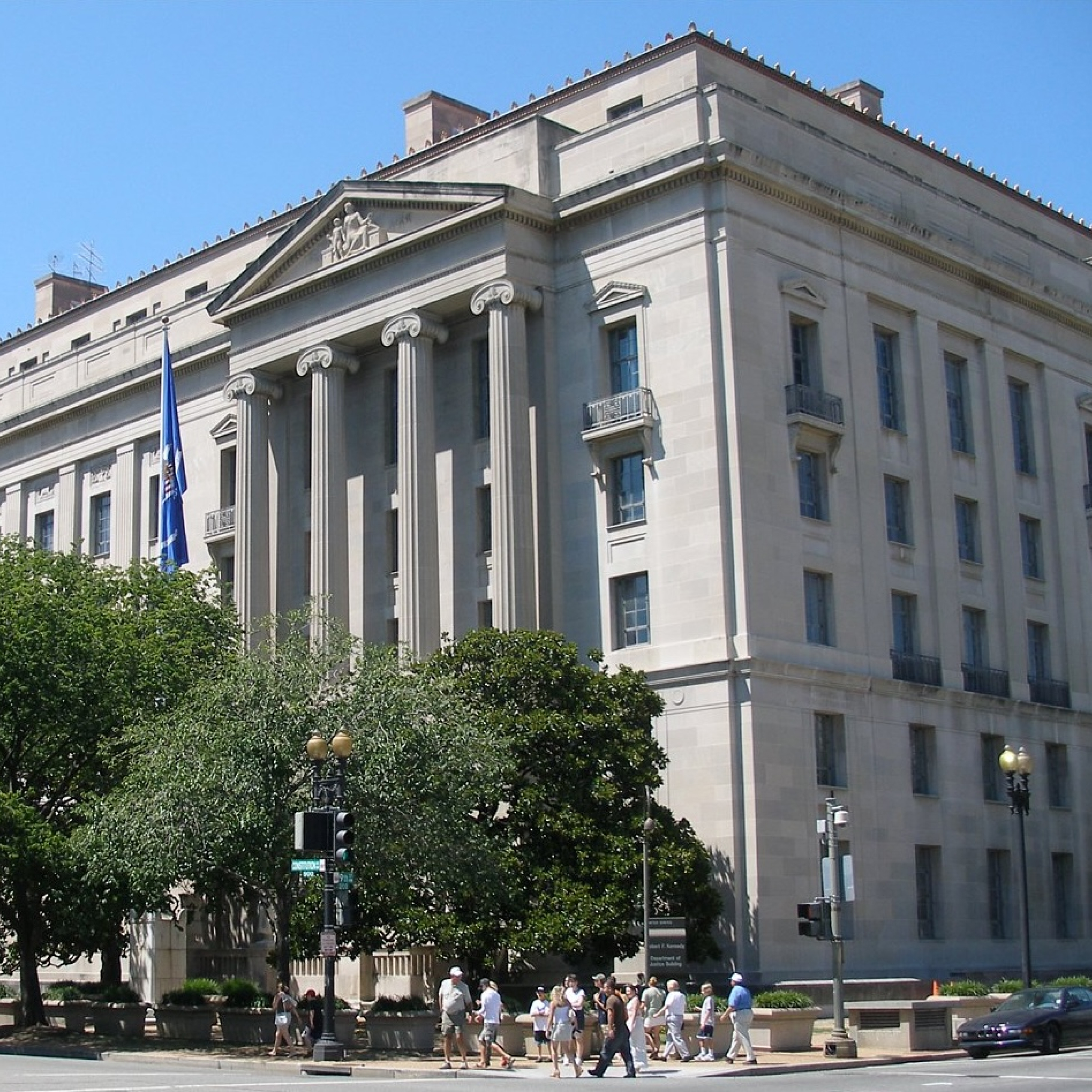What is the Crypto Travel Rule?


When people send money through banks, information about who is sending and who is receiving travels with the funds. This transparency allows regulators and financial institutions to spot suspicious activity and comply with global standards—whether it's a domestic wire transfer or an international remittance.
Digital assets have revolutionized money transfers with their speed, efficiency, and global reach. These innovations have enabled instant transactions, financial inclusion, and always-on payment systems. As the crypto ecosystem matures and increasingly interconnects with traditional finance—particularly following the explosive growth of stablecoins—existing regulatory frameworks are becoming essential infrastructure for widespread adoption.
Origins of the Travel Rule
The travel rule dates back to the Bank Secrecy Act of 1970 in the United States, which required financial institutions to include certain information about senders and recipients when funds were transferred above certain thresholds.
In 2019, FinCEN clarified that the existing BSA Travel Rule extends to virtual currencies handled by regulated entities, requiring that identifying information "travel" with institutional transactions above $3,000. Around the same time, the Financial Action Task Force (FATF) - an international body focused on anti-ML/TF standards - issued complementary guidance recommending that virtual asset service providers (VASPs), like exchanges, custodians, and wallet providers, adopt similar practices. These clarifications marked an important step in crypto’s journey toward mainstream financial integration.
What Information Has to "Travel"
For transactions between regulated entities above the threshold, the following must be shared:
- The name of the originator (sender)
- The account number or wallet address used for the transaction
- The physical address of the originator
- The name of the beneficiary (recipient)
- The account number or wallet address of the beneficiary
In crypto, this information typically moves off-chain through secure messaging channels between institutions, preserving blockchain efficiency while meeting compliance requirements.
Why the Rule Represents Progress
For crypto, travel rule compliance really represents a coming of age story. As stablecoins move to serve as critical infrastructure for payments, these frameworks will ensure crypto can operate at scale within the existing global financial system.
For established banks and crypto businesses alike, the rule creates a common language. Financial institutions that once viewed crypto with skepticism now have familiar compliance frameworks that allow them to confidently engage with digital asset providers. This interoperability is crucial as stablecoins position themselves to complement traditional payment rails.
For institutional players, the rule provides the infrastructure necessary for large-scale adoption. Fortune 500 companies and payment processors can integrate digital assets knowing appropriate safeguards are in place.
The Bigger Picture
The travel rule is part of crypto's evolution from a nascent technology to critical financial infrastructure. With regulatory certainty emerging in 2025, digital assets are transitioning from the edges to becoming integrated components of the global financial system. This shift recognizes that innovation and compliance can coexist.
For exchanges, custodians, and institutional service providers, these moves create unprecedented opportunities. As traditional banks seek crypto partnerships and stablecoins gain traction as settlement assets, those with robust compliance infrastructure will be best positioned to bridge these worlds.
What Comes Next
Washington’s recent embrace of crypto marks a watershed moment. As stablecoins prepare for more widespread integrations within traditional banking infrastructure, travel rule compliance becomes table stakes for institutional participation. International coordination is accelerating, with major economies aligning approaches to create consistent global standards.
The ultimate goal: capturing the innovation and efficiency of digital assets combined with the trust and consumer protections of traditional finance. Organizations that meet compliance requirements while preserving the user experience that makes crypto compelling will define the next era of financial services.
As digital assets move to the center of global finance, the travel rule isn't a constraint on innovation—it's the bridge that allows crypto to fulfill its promise at scale.













































































































.jpg)





.png)
.png)







.png)






